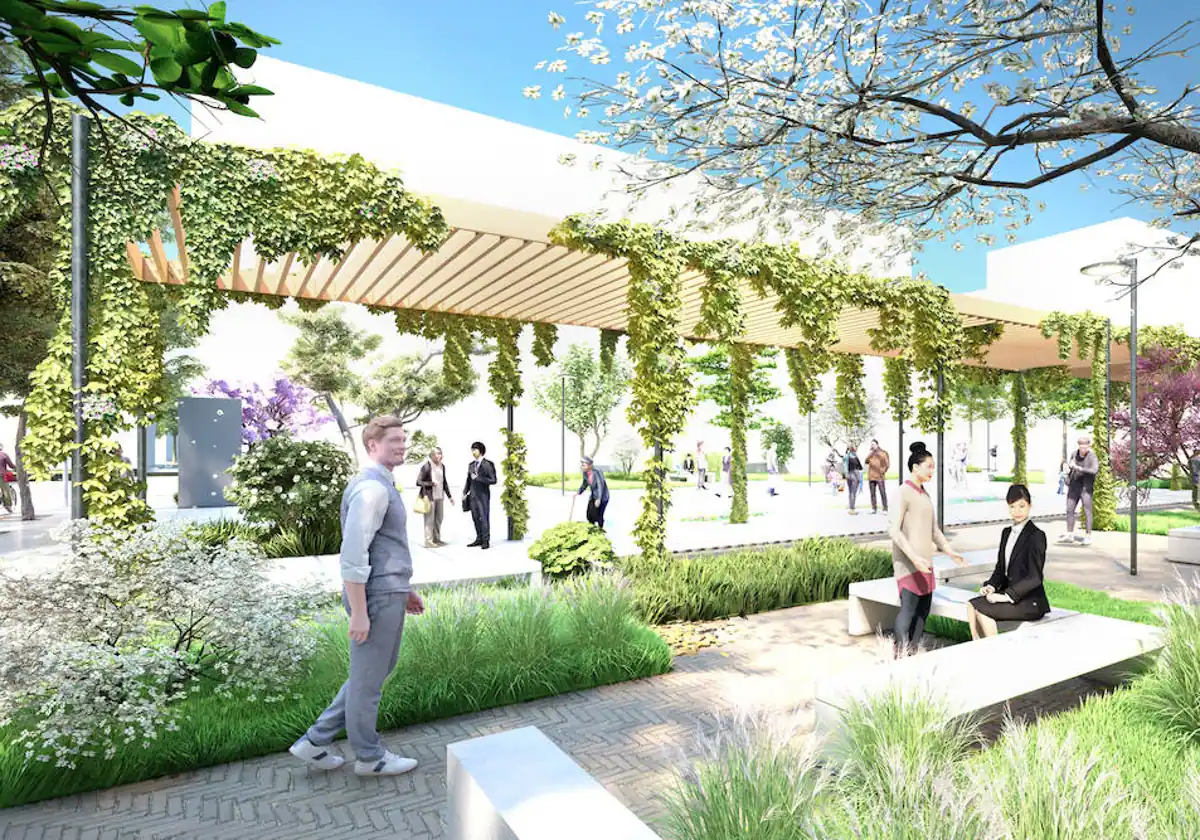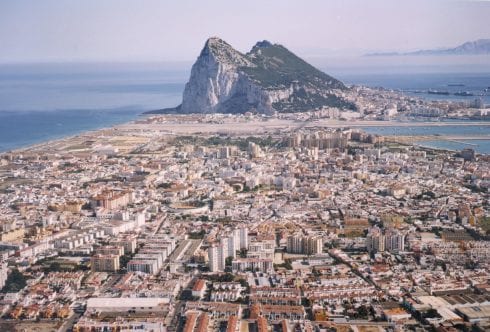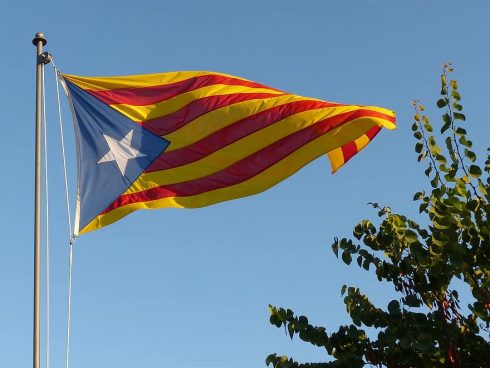THE capital of Spain will soon have its very own official Chinatown, it has been announced.
The Madrid City Council released details of its project on Tuesday, which is set to make the city’s southern Usera district a tourist destination in its own right and solidify the neighborhood’s Chinese identity in a €9 million, two phase project.
Usera, located just south of the Manzanares River, has long been the city’s unofficial Chinatown.
The diverse neighborhood of 142,000 is home to a quarter of Madrid’s roughly 35,000 Chinese residents, who represent the fifth largest foreign population, after Venezuela, Colombia, Romania and Peru.
Chinese immigration to Usera began in the 1970s.
Today, a visitor walking through its streets will hear a disorienting mix of Chinese and Spanish, with many storefronts, restaurants and street signs written first in Mandarin, then Spanish.

The project will include the addition of hundreds of benches, decorative fountains, public ping-pong tables, an exercise circuit, playgrounds, the replacement of asphalt with green space, EV charging stations, and new energy-efficient streetlights.
In total it will cost around €9 million — a significant chunk of which will be funded by the European Union — and is under the control of Paloma Garcia Romero with Madrid’s Government Works and Equipment Area, Spanish media reports.
The majority of the project’s developments will take place along a 1.7-kilometre stretch between Plaza del Hidrógeno and the Madrid Rio urban park, affecting more than 60,000 square-metres in Usera.
The plans call for more pedestrian connectivity.
Sidewalks will be widened, traffic will be reduced, and the neighbourhood will see a 30% reduction in asphalt surfaces.

Construction for the second phase is scheduled to wrap up in the second half of 2025, with the first phase scheduled to begin this spring.
The plans from mayor José Luis Martínez-Almeida’s city council seek to solidify the area’s cultural identity beyond the dozens of Chinese restaurants and shops that line its streets.
One of its main goals is to attract tourism — which is currently concentrated around the city’s central districts of Chueca, Malasaña, Lavapies and La Latina — and boost commerce, city officials have said.
The city also seeks to improve Usera’s public spaces and pedestrian accessibility, with the related goal of promoting sustainability and biodiversity.
The plans include rain gardens — low-elevation areas filled with vegetation meant to capture runoff during rainstorms — as well as the planting of more than 200 trees, which is an especially welcome detail after the city’s controversial move to cut down hundreds of trees to make way for its line 11 metro expansion.
According to the City Council and reports from Spanish media, the neighborhood’s Chinese residents have been involved in the planning process through Usera’s plenary.
READ MORE
- Protestors in Madrid tie themselves to trees to stop workers chopping them down as controversial Metro extension works resume
- Chinese shops open in Madrid for the first time since the COVID-19 lockdown








